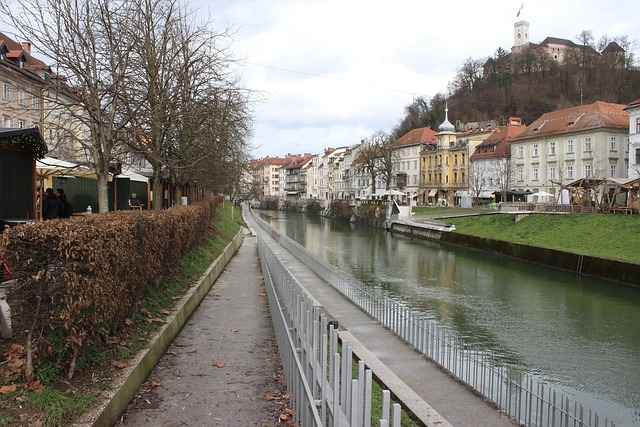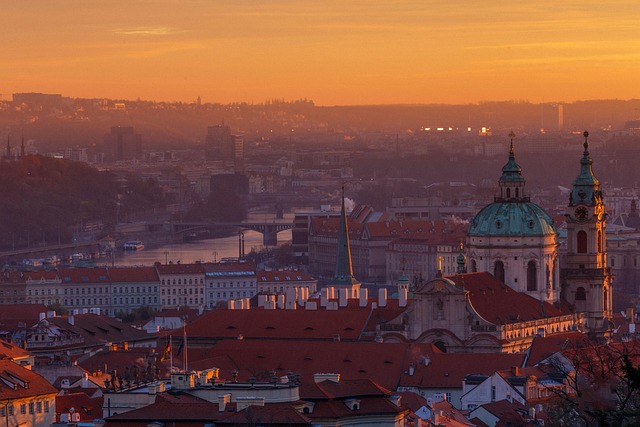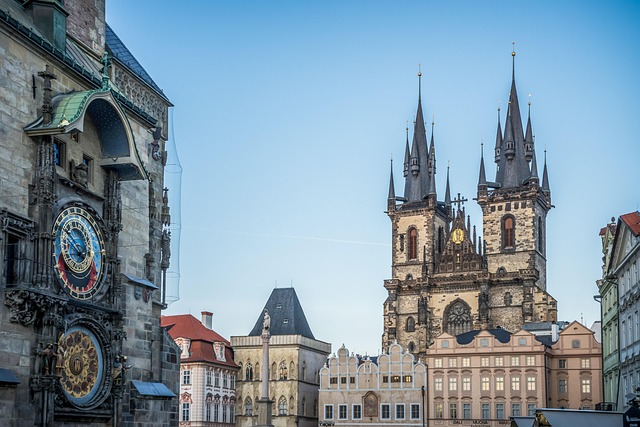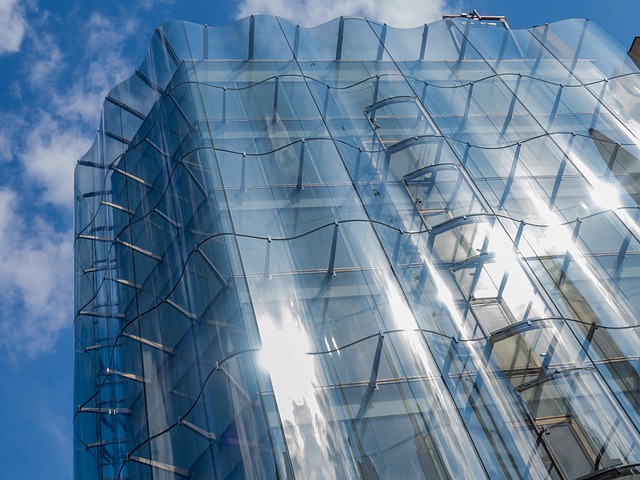The KDA Scheme 1 in Karachi is an ambitious urban planning initiative by the Karachi Development Authority (KDA) focusing on revitalizing and organizing commercial areas through meticulous planning, modern infrastructure, and sustainable practices. This scheme promises to transform Karachi into a dynamic hub for commerce and industry, enhancing the business environment and fostering economic growth. Achieving notable milestones through comprehensive planning, the project has improved accessibility, increased foot traffic, and elevated consumer experiences, setting a benchmark for sustainable urban development in Pakistan. With promising developments, Karachi is poised for significant growth while addressing challenges like urbanization pressures to secure its status as a competitive model urban center.
Karachi, Pakistan’s vibrant economic hub, has undergone significant transformations through the KDA Scheme 1. This article offers a comprehensive exploration of this groundbreaking initiative, focusing on its impact on commercial areas. From understanding the scheme’s architecture to uncovering its key features and benefits, we delve into the successful transformation stories. We also analyze future prospects and challenges, examining how Karachi is shaping its commercial landscape for enhanced economic growth. Discover how the KDA Scheme 1 is revolutionizing business in this bustling metropolis.
- Understanding the KDA Scheme 1 in Karachi: A Comprehensive Overview
- Key Features and Benefits for Commercial Areas
- Implementation and Impact: A Case Study of Successful Transformation
- Future Prospects and Challenges: Shaping Karachi's Commercial Landscape
Understanding the KDA Scheme 1 in Karachi: A Comprehensive Overview

The KDA Scheme 1 in Karachi is a comprehensive urban planning initiative aimed at revitalizing and organizing the city’s commercial areas. This scheme, introduced by the Karachi Development Authority (KDA), focuses on developing a structured network of business districts, ensuring efficient connectivity and enhancing the overall business environment. By leveraging modern infrastructure and design principles, KDA Scheme 1 envisions transforming Karachi into a vibrant hub for commerce and industry.
In the heart of Pakistan’s financial capital, this project entails the meticulous planning and development of commercial spaces, mixed-use zones, and transportation corridors. The scheme prioritizes accessibility, sustainability, and aesthetics, promising to create a dynamic urban landscape. Karachi, known for its bustling markets and diverse business communities, is set to experience a metamorphosis where traditional commerce blends with modern amenities, fostering economic growth and improving quality of life for residents and visitors alike.
Key Features and Benefits for Commercial Areas

The KDA Scheme 1 in Karachi brings a host of key features designed to enhance and revitalize commercial areas. One of its standout benefits is the improved infrastructure, which includes better road networks, enhanced street lighting, and efficient drainage systems. These upgrades not only make the area more aesthetically pleasing but also significantly boost safety and accessibility for businesses and their customers.
Additionally, the scheme prioritizes the development of public spaces, parks, and green areas, creating a vibrant urban environment. This focus on community spaces encourages foot traffic, fosters social interactions, and adds to the overall appeal of commercial zones in Karachi. The integration of modern amenities like Wi-Fi connectivity and smart city solutions further distinguishes these areas, making them more attractive for businesses seeking to thrive in today’s digital age.
Implementation and Impact: A Case Study of Successful Transformation

In Karachi, the KDA Scheme 1 has marked a significant milestone in urban development through its implementation, showcasing a successful transformation story that resonates across commercial areas. This initiative has not only revitalized the region but also set a benchmark for future projects, emphasizing sustainable growth and improved infrastructure. The process involved meticulous planning, collaborative efforts between various stakeholders, and innovative strategies to address the unique challenges of the cityscape.
The impact is evident in the enhanced business environment, with increased foot traffic and elevated consumer experiences. Local businesses have benefited from improved accessibility and visibility, fostering a thriving commercial ecosystem. This case study exemplifies how strategic interventions can metamorphose urban spaces, creating a positive feedback loop that encourages economic vitality and community engagement, making Karachi a vibrant example for other metropolitan areas to follow.
Future Prospects and Challenges: Shaping Karachi's Commercial Landscape

Karachi, as Pakistan’s financial and commercial hub, is constantly evolving with changing market trends and consumer behaviors. The future prospects of the city’s commercial landscape look promising, especially with the ongoing development projects aimed at enhancing infrastructure and creating smart spaces. The KDA Scheme 1, for instance, promises to revolutionize business operations by offering modern facilities and improved connectivity. This will not only attract local businesses but also encourage foreign investments, fostering economic growth.
However, challenges remain. Rapid urbanization has led to increased pressure on existing commercial areas, prompting the need for sustainable development practices. Managing traffic congestion, ensuring adequate green spaces, and promoting digital transformation are critical aspects that must be addressed to create a thriving and resilient commercial environment in Karachi. By leveraging technology, implementing eco-friendly initiatives, and maintaining a balanced approach to growth, the city can shape a future where its commercial areas not only remain competitive but also serve as models for other urban centers across Pakistan.
The KDA Scheme 1 in Karachi has emerged as a transformative initiative, revitalizing commercial areas through comprehensive urban planning. By focusing on key features like improved infrastructure, mixed-use development, and enhanced accessibility, this scheme offers significant benefits to businesses and residents alike. The successful case study presented highlights the positive impact on local economies and community engagement. Moving forward, addressing challenges such as sustainable financing and community involvement will be crucial to ensure Karachi’s commercial landscape continues to evolve and prosper, positioning it as a vibrant hub for business and innovation in the region.
